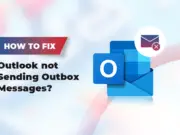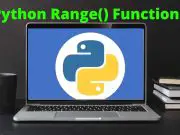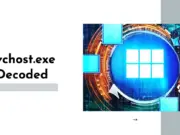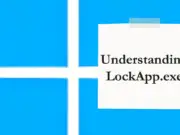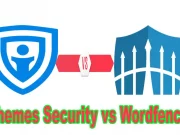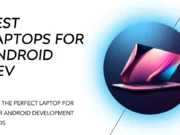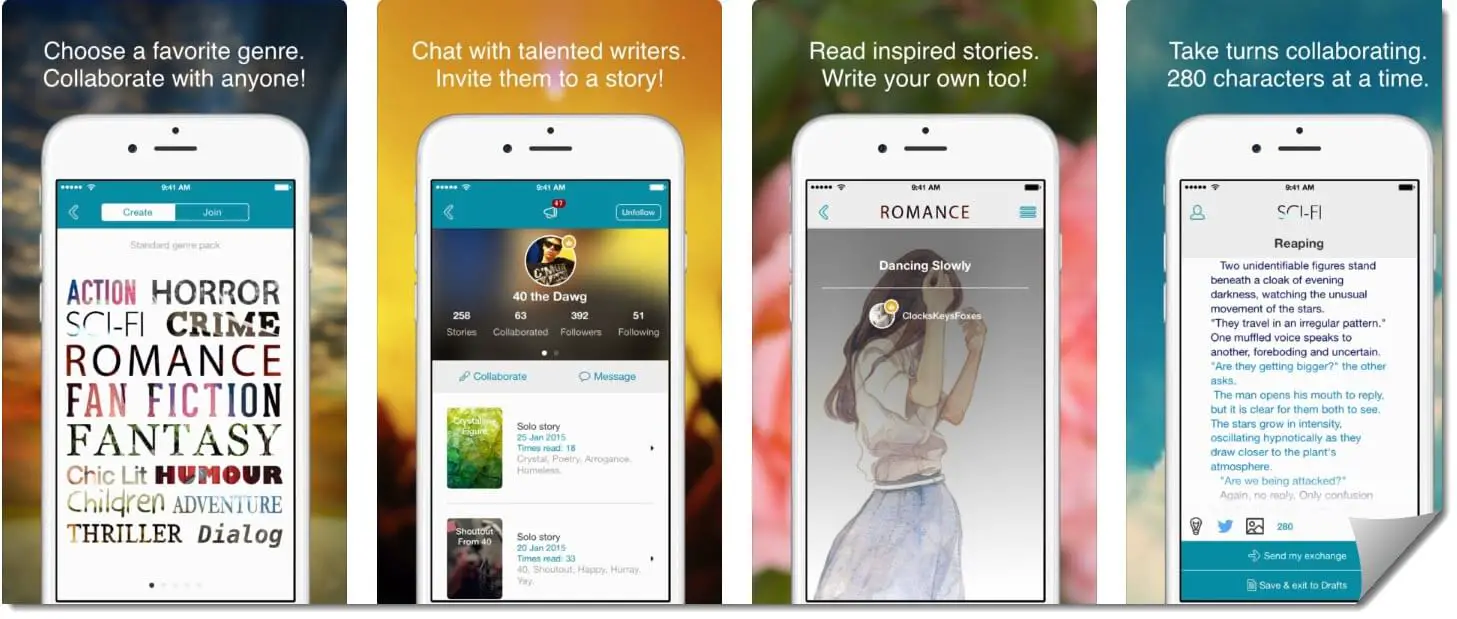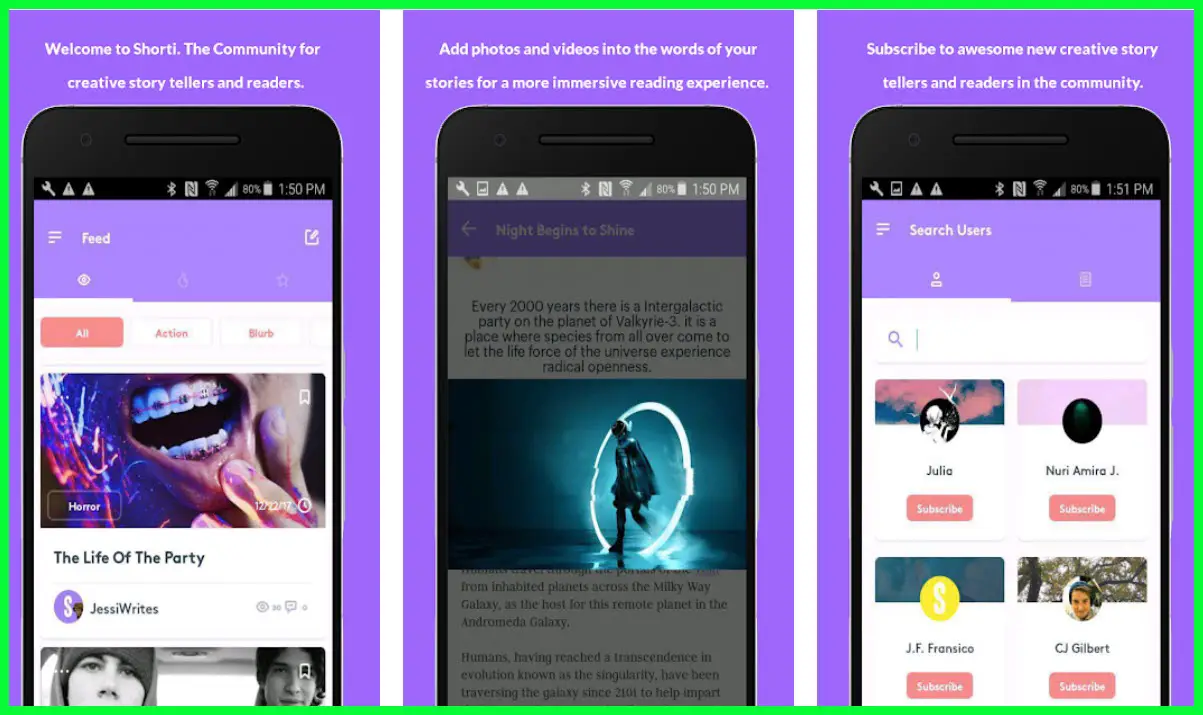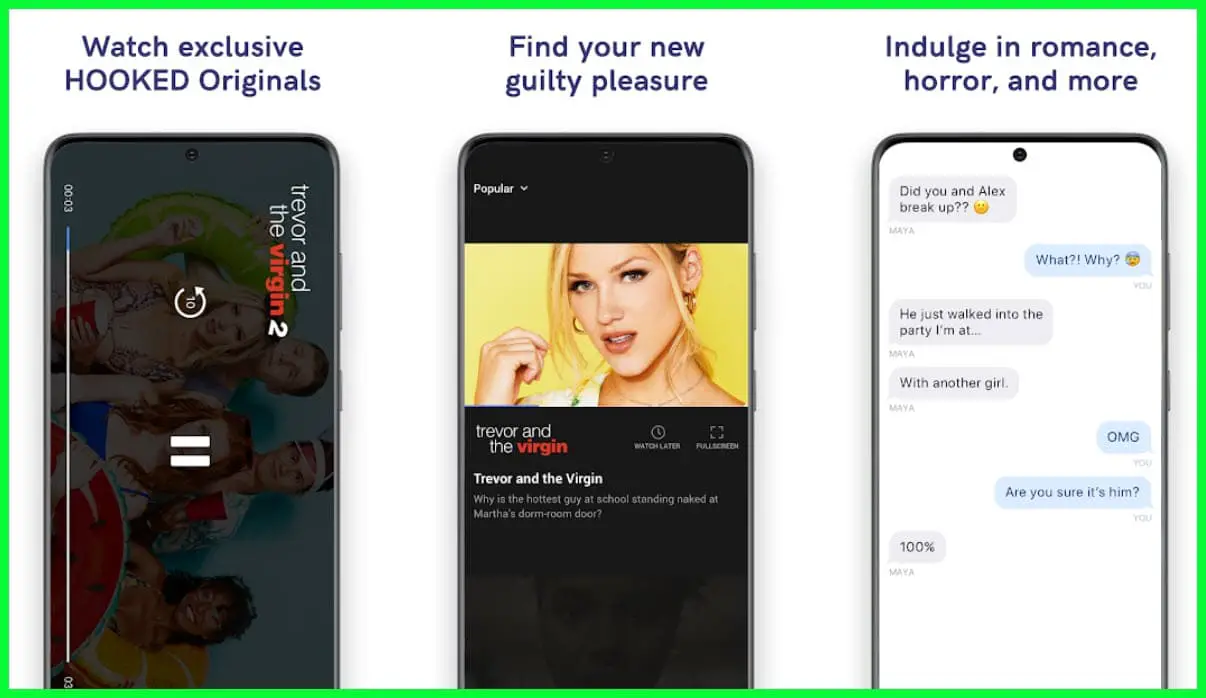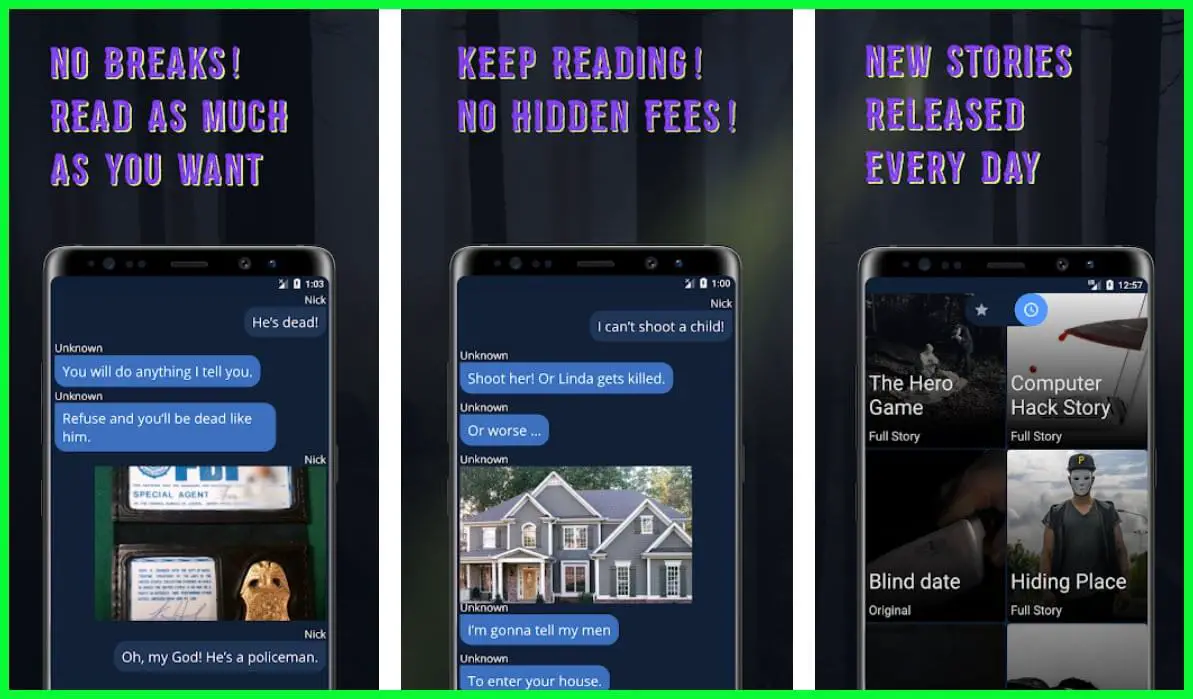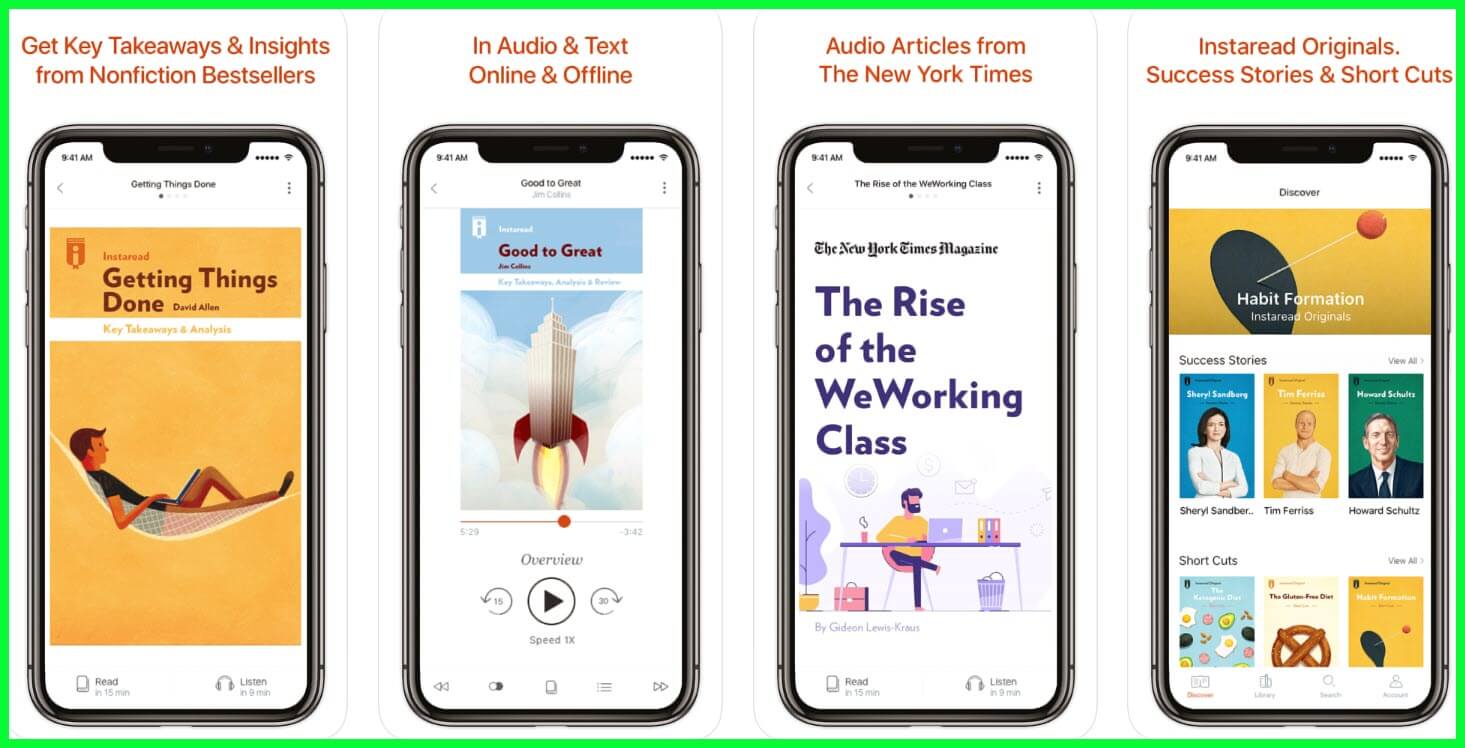If you love Blinkist and would like to explore other Blinkist Alternatives too, you’ve come to the right place.
In this post, we collected 19 of the best one for you.
Let’s get started. 📗
Blinkist is one of the best options out there to read non-fiction books. You can access non-fiction books in both text and audio format on Blinkist, and it is currently home to more than 2500 best selling non-fiction books.
It will help you develop a new perspective about the world with a large number of self-improvement books.
If you would like to access these books on the go, you can listen to leading thinkers in your industry of choice with its audio feature. The great feature about Blinkist is that you can carry it with you anywhere you go.
There are a wide variety of categories you can choose from, and the books in each category are updated weekly. It is very user friendly, and you can access it on multiple devices. You can access the content offline too, either in audio or text format.
Best Blinkist Alternatives: Our Top Pick 👌
1. Wattpad
Wattpad is a place where you can find user-generated stories in different genres like Poetry, Classics, General Fiction, Historical Fiction, to name a few.
With the help of these stories, the application helps to remove barriers between the reader and writers across the globe.
With the help of Wattpad, you can reach out to a broad audience across the globe. Wattpad is available on all platforms like Windows, iOS, and Android. Also, it is available free of cost and can be accessed anywhere you go.
The advantage of Wattpad is that you get to discover a lot of Writers from across the globe. It also offers a feature wherein you can save your favorite stories, which means you can access these stories even without an internet connection, and on the go.
2. Movellas
Movellas is an excellent alternative to Blinkist. If you like to write and share creative stories of your own with the world, Movellas is a great platform. It is home to thousands of great stories.
With Movellas, you can be part of a large social community where you can connect with people through novellas.
You can follow your best friends on this application, be part of exciting competitions, share how you feel with other users, and also receive tons of advice on how to be a better writer from the world’s best writers.
It is home to different categories of stories like Love, Fashion, Lifestyle, to name a few. The best thing about Movellas is that you can access it anytime or anywhere you go. All the stories on offer can be read offline.
What’s more, you can directly get in touch with the writer or publisher for any ideas or suggestions by using the chat and comment option.
It is easy to install the application, but you have to register once you install the app. You may do this with your verified email address or your Facebook account.
3. Inkvite
Inkvite is one of my favorite suggestions for Blinkist alternatives on this list. Currently, it is available on iOS. However, once you install the app, you have to register using your verified email address or your Facebook account to access the fantastic content on the app.
Inkvite is different from other reading and writing apps in that; it allows the users to collaborate on their stories.
It is indeed a great platform to make friends with similar interests. You can write and share short stories or short blogs and also learn something new about writing in the process.
It is home to categories like Sci-fi, Horror, Fanfiction, and Romance. It also has a feature to promote your stories which is a great way to get noticed and get more views and reads. Also, there are chances that some publishers may take an interest in your writing.
Other features include various story sizes, cover photos for your stories, and also you can tag people of your choice. It is an app that can be used by users of all ages and is one of the best alternatives for Blinkist.
Check out Inkvite for iOS here.
4. Sweek
Sweek is a mobile app that is available for download on iOS and Android platforms. It is a free reading app that allows you to read, write your content and share it to the world.
You can reach out to a new audience and also gather valuable feedback from them on your stories.
If you want to discover free stories and books from different parts of the world, this is an excellent Blinkist alternative for that. The common genres of books available are Poetry, Adventure, Classics, Fiction, Romance, and Mystery.
You can catch up with a lot of upcoming writers and authors using Sweek. You can access all the content offline and carry it with you wherever you go. It also enables you to take part in exciting writing competitions and helps you become recognized and rewarded.
5. Penana
If you are a writer with thousands of different fictional characters and stories in your head and want to get them out to the world, Penana is an excellent place for you. The stories can either be collaborative or fictional.
You can discover a large number of aspiring writers just like you from different parts of the world. You can currently access these stories on Penana in iOS and Android platforms.
The app has features like a comment section and reviews where the readers can give their feedback and suggestions.
It also hosts several competitions with great rewards and has features like tagging and follow options, topic suggestions, and many different themes for your stories.
Another cool feature is, it is equipped with a lot of editing tools to present your stories in a more exciting way to your readers. The mini-competitions on the app help you learn a lot of stuff from the comfort of your house.
6. Shorti – Short Stories
Shorti is a Blinkist alternative that helps you read and write short stories that are under 1500 words. You can give wings to your imagination, write a short story of your own and share it with the world using Shorti.
Some of the genres on offer are Romance. Thrillers, Action, Horror, and Sci-fi. The developer behind Shorti is BrownBoxWorks.
Shorti is home to a large group of writers which is growing enormously, and whether you want just to read short stories or want to share stories of your own, Shorti is a great platform.
Shorti also has a reliable search bar option. You just have to enter the name of the author or the category you are looking for, and it will show you the search results in a matter of seconds. The application has a 3 step publication system wherein you enter the title, write the story and share your story with your audience.
Other features include a notification system, comment section, offline mode, bookmark feature, and option to follow your favorite writer. The bookmark feature helps you to save your favorite story and read it later at your convenience.
7. StoryShots Free Business Audiobook Summaries
StoryShots is home to one of the biggest collections of books and stories in any application. The categories range from History, Communication, Management, Economics, Fiction and Nonfiction.
The best thing about this application is that they update their library regularly. You can be sure that you are accessing the best reading content on the internet, and it also comes with an excellent user interface.
Once you are done reading a story, the app also provides an option to view an animated summary of the story that you just finished.
It is an excellent tool if you are somebody that requires visual aids to remember and retain what you have read.
If you are always traveling and would like to listen to the stories, the app also has an audio summary option. You can also set the speed at which the words are dictated, which means you can read at your own pace when you are on the go.
The app is currently available on platforms like Android and IOS. All in all, it is an excellent addition to your list of reading apps.
8. Quiddity
If you want a Blinkist alternative that is freely accessible to you, Quiddity is an excellent choice. The specialty of Quiddity is that it offers summaries of best-selling non-fiction books.
The meaning of the word Quiddity roughly translates to the essence. This app essentially gives you the key insights or highlights from any non-fiction book, and you can access it on platforms like iOS for Windows.
You can carry this app where you go and access a large number of non-fiction stories on your fingertips. Since this app provides you with a summary of stories, you can pick and choose what you want to read. It is currently home to more than 150 non-fiction books.
Some of the genres at offer are Health and Fitness, History, Biographies and Memoirs, Self-Improvement and Psychology, Business and Leadership, Investment and Economics, and Science and Technology. The best thing about quality is that their library is updated often and it is available free of cost.
9. HOOKED – Chat Stories
Hooked is an enjoyable Blinkist alternative. All the stories are in the form of a chatbox. The stories will appear to you as though you are peeping into a live chatbox. It gives you a dynamic reading experience.
It is simple to use. Just tap on the screen, and the app will reveal you a new line of text. These taps are called hoots, and your hoots are limited. Once your hoots are over, you have to wait for about 25 minutes to recharge your hoots.
It’s a perfect story app to use on your smartphone, and it also has a feature called fantasy chat which allows you to chat and share stories with your friends.
10. Scary Chat Stories – Addicted
Addicted is a Blinkist alternative that’s similar to Hooked in functionality, the difference being, the stories on offer are scary stories.
You will be offered stories to read in the form of a chatbox. This app is conceived by The AwesomeCompany Inc and has no pauses in between the story, which makes it a great alternative to Blinkist.
You can also access content in categories like Horror, Lifestyle, Romance, and Adventure. The app also allows you to write your own stories, share them with your friends and also receive feedback.
The user interface is excellent and easy to use, and it is home to a large number of stories. You can also create your categories, and the best thing is you can make a lot of friends with similar reading tastes. All in all, a great app to spend your time on.
11. getAbstract
getAbstract has a library of more than 20000 books currently. If you are fond of book summaries, this is one of the best options for you.
These summaries would not take more than 10 minutes to finish. When time is short, and you still want to get the gist of the story, getAbstract comes in very handy.
Some of the categories available are management career Technology innovation economics marketing, society, personal development, leadership, and history.
Some of the popular summaries available in its library are Work Together Anywhere, Gap Selling, and Simple Habits For Complex Times. The user interface is more personalized, which is a unique feature exclusive to getAbstract.
12. Instaread
Instaread also falls under the Book summary app categorization. It is currently home to book summaries of more than a thousand popular titles. You can either read it or listen to it, with the audiobook option.
Most of these books would not take more than 15 minutes for you to finish. You can access this app either from your mobile phone tablet or your desktop.
The phone app is available for platforms like Windows and iOS. Some of the categories available instead are Social Sciences, Health, and Fitness, History, Self-Help, Politics and Business, and Economics.
Some of the popular titles are how to Manage Your Loneliness, Talking to Strangers, Time Management, How to Recover When Your Career Gets Derailed, and Grinding It Out.
If you are not sure about the app, there is also an option of a free trial to get a feel for what the app can offer you.
13. Snapreads
Snapreads is not a free book reading app, but the user interface is excellent, and it has tons of features that are not available on other apps. Some of the features include offline reading and smart book suggestions based on the books you have already read.
It not only has the best sellers on its website but also picks up a lot of great books which are not that popular.
If you want to improve yourself by getting insights from a book of your choice, but have minimal time to read, this app gives you the snapshots and highlights to provide you with the gist of any book.
Some of the popular categories on this website are Non-Fiction, Self-Help, Biographies and Memoirs, and Business and Economics.
14. ReadingIQ
ReadingIQ is a unique choice on our list as it caters to children. It is home to thousands of books for kids of all ages. Although it offers a free trial, you have to pay a nominal charge of 8 dollars a month to access the content on ReadingIQ.
Some of the categories available are picture books, graphic novels, Wordless Stories, Earth and Space Science, Historical Fiction, Jokes and Riddles, Rhymes and Songs, Math Concepts and Biographies, to name a few. Three children can access the content on the app with one account login.
The app also provides book suggestions according to the child’s age which ensures consistent development of your child. It also comes with the preview option so that you know what you are accessing.
It is currently home to more than 700 voiced titles. You can access this app from your desktop, tablet, or phone.
The app also provides features to monitor the progress of your child step by step. It is found that children who use this app have 10% more reading proficiency, given that they read ten pages a day regularly on the app. It also has a lot of quizzes and puzzles, which makes it an exciting app for children to learn.
15. BookRags
BookRags is a great Blinkist alternative if you are a student or teacher looking to enhance your knowledge of literature. It includes study guides, lesson plans, bios, and essays.
It also has the homework feature to keep you on track and revise everything you have learnt. Some of the popular lesson guides include the Girl With The Dragon Tattoo, The Black Flower: Novel of the Civil War, and The Girl With The White Flag.
Some of the accessible teaching resources include The Pale King, The Paris Wife, The Imperfectionists, to name a few.
Some of the popular blogs available on the website are Notable Women in History, The Original Founders of America, Climate Changes Here and What We Can Do About It, U. S. Presidents Who United Our Nation, and The Drama of Back to School.
16. Book Breaks
The developer of the Book Breaks is Harlequin Enterprises. You are a fan of Romance stories Book Breaks is an excellent choice for you. You can access these stories anytime and anywhere you want using the app, which is available on platforms like iOS and Android.
Book breaks update their contents regularly to keep you engaged. You can also submit your own stories in the same category and share it with the world.
With its comment and chat option, you can connect with your readers and other writers like yourself. It also has features like reviews, offline access, audiobook, and choice of various categories. All in all, it is an excellent alternative to Blinkist.
17. TapTap
James Keaney developed TapTap. It is a user-friendly app that can be accessed right from your mobile phone or tablet.
You can read chat stories for free using this app, and it also allows users to write and share their own chat stories as well. The interface looks like you are seeing somebody’s live chatbox.
Right now, TapTap is available only on Android. However, it can be accessed offline, and you read your favorite chat stories on the go at any time you wish.
The stories on TapTap happen quickly and usually is like a conversation happening between two people. Plus it allows its users to write their own stories and also get feedback from other users.
You can get in touch with other users and writers ask questions about your favorite stories and learn more about what goes on in the writer’s head. You can also build a good network of writers from whom you can learn a lot about writing.
18. Penned
It is a superb reading and writing app that is developed by Blurty Inc. You can write, read and share your stories with your friends, followers, and the world. Another cool feature about this app is that you can add cover photos to each one of your stories.
There are no limits on the genres. You can write anything from a blog to fiction, fanfiction, poetry, songs or true stories. You can write whatever is there on your mind and share it with the world using Penned.
The standard categories available are Lifestyle, Horror, Sci-fi, and Romance, to name a few. Like many other reading and writing apps, there is a provision to connect with friends or other readers and users.
The reading audience has the option to comment on any story they like, and they can get in touch with the writers of their favorite novel and discuss their favorite sections or have a general chat about the book.
This platform also allows you to share your stories on other social media apps such as Facebook or Instagram. All in all, it is a perfect app to access stories from all around the globe at your fingertips.
Check out Penned here.
Conclusion
Blinkist offers great features you love and I’m sure you are on the lookout for more such reading and writing apps. So, we tried to bring the most popular Blinkist alternatives at one place for easy access. These were our favorite alternatives for Blinkist. I hope you enjoyed our choices and find them useful!




